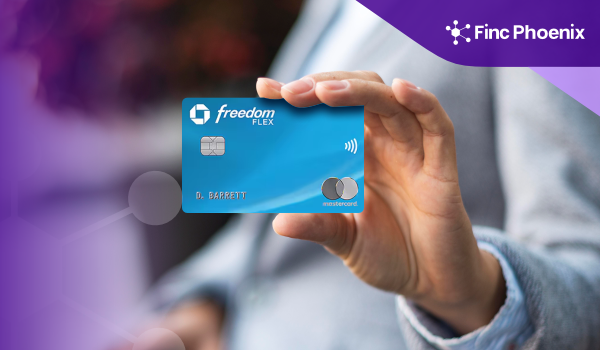
While the Chase Freedom Flex is marketed as a standalone cash back credit card, its true potential is realized only when it is viewed through a more sophisticated lens: as a critical earning component within the powerful Chase Ultimate Rewards® ecosystem. For the serious rewards maximizer in the United States, this no-annual-fee card is not just an end in itself, but a high-yield instrument for accumulating valuable points that can be leveraged for exponentially higher returns.
This analysis will provide a strategic deep dive into the Freedom Flex, focusing on its role as a specialized tool within a multi-card setup, often referred to as the “Chase Trifecta.” We will examine how its unique, multi-layered rewards structure allows it to generate points at an accelerated rate in specific categories, and how those points can be combined with a premium Chase card to unlock high-value travel redemptions. This guide is intended for the user who has moved beyond basic cash back and is ready to build a strategic portfolio of credit cards for maximum value.
The Freedom Flex as a High-Yield Earning Instrument
- 5% on Activated Rotating Categories: The card’s signature feature is its quarterly rotating bonus categories. Cardholders can earn 5% cash back (which is 5 Ultimate Rewards points per dollar) on up to $1,500 in combined purchases in these categories each quarter upon activation. These categories frequently include gas stations, grocery stores, and major online retailers like Amazon.com, allowing for targeted, high-value earning throughout the year. For the current quarter (July-September 2025), the categories are Gas Stations, EV Charging, and Select Live Entertainment.
- 5% on Travel via Chase Travel℠: All travel—including flights, hotels, and car rentals—booked through the Chase Travel℠ portal earns a consistent and unlimited 5% back.
- 3% on Dining and Drugstores: The card also offers unlimited 3% cash back on all dining purchases (including takeout and eligible delivery services) and at drugstores. These are valuable, fixed bonus categories that cover frequent everyday expenses.
- 1% on All Other Purchases: All non-bonus category purchases earn a base rate of 1% cash back.
- The Power of Pooling Points: Chase allows you to move the points earned on your Freedom Flex to your Sapphire account. This act of pooling points transforms their potential value.
- Access to Travel Transfer Partners: Once your points are in a Sapphire account, you unlock the ability to transfer them to Chase’s valuable network of airline and hotel loyalty partners, such as World of Hyatt, Southwest Airlines Rapid Rewards, and United MileagePlus.
- Cell Phone Protection: Pay your monthly wireless bill with the card and receive up to $800 per claim ($1,000 per year) against covered theft or damage.
- Trip Cancellation/Interruption Insurance: Provides reimbursement for pre-paid, non-refundable travel expenses if your trip is cut short for a covered reason.
- Purchase Protection and Extended Warranty: Your new purchases are covered against damage or theft, and the card extends the manufacturer’s warranty on eligible items.
Who Can Apply: Eligibility for Advanced Users
- Credit Score: You will need a good to excellent credit score (typically a FICO score of 670 or higher).
- The Chase 5/24 Rule: This is a critical, unwritten policy for any rewards strategist to understand. Generally, Chase will not approve you for most of their credit cards if you have opened five or more new personal credit cards from any bank in the past 24 months. You must be under this limit to be approved.
- Standard Requirements: You must be a U.S. resident, at least 18 years old, and have a valid Social Security Number.
How to Apply for the Freedom Flex
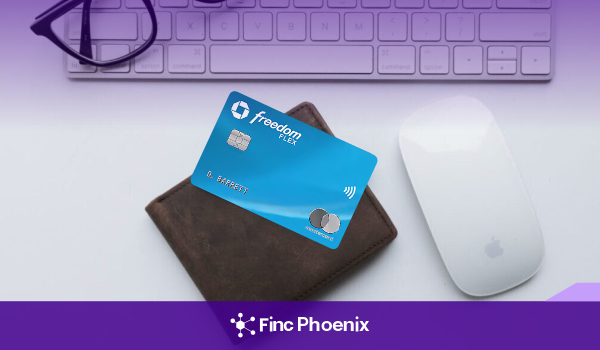
- Check Your 5/24 Status: The first strategic step is to count the number of new credit cards you have opened in the last 24 months.
- Visit the Chase Website: Navigate to the official Chase Freedom Flex℠ application page.
- Use the Pre-Qualification Tool: Chase offers a tool to check for pre-qualified offers, which is a good way to gauge your approval odds without a hard inquiry.
- Complete the Application: Fill out the secure online application with your personal and financial information.
- Receive a Decision: Chase often provides a decision within minutes.
Strategic FAQs
- What is the best card to pair with the Freedom Flex first?
The ideal pairing is with either the Chase Sapphire Preferred® Card or the Chase Freedom Unlimited®. The Sapphire Preferred unlocks the ability to transfer points to travel partners. The Freedom Unlimited offers a higher base earning rate of 1.5% on all non-bonus spending, making it a perfect complement for purchases outside of the Flex’s bonus categories. - Is it better to redeem points for cash back or save them for travel?
From a pure optimization standpoint, saving the points and transferring them to a high-value airline or hotel partner via a Sapphire card will almost always yield a higher monetary value than redeeming for 1 cent per point as cash back. - Can I have both a Freedom Flex and a Freedom Unlimited card?
Yes, absolutely. Holding both cards is a key part of the “Chase Trifecta” strategy, as it allows you to earn 5% on rotating categories with the Flex and a minimum of 1.5% on all other purchases with the Unlimited. - How does the “cash back” appear in my account?
The rewards you earn are deposited into your account as Chase Ultimate Rewards® points. Your online account will show you both the number of points you have and what their cash back value is (e.g., “60,000 points or $600 cash back”).

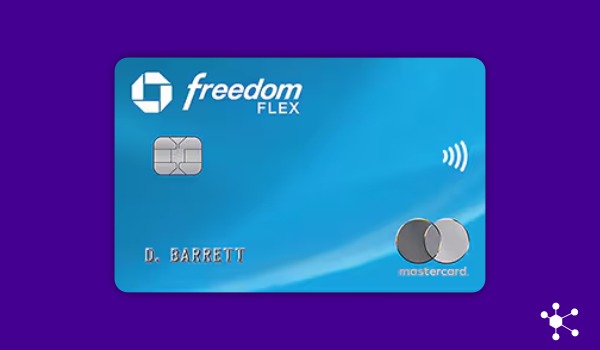
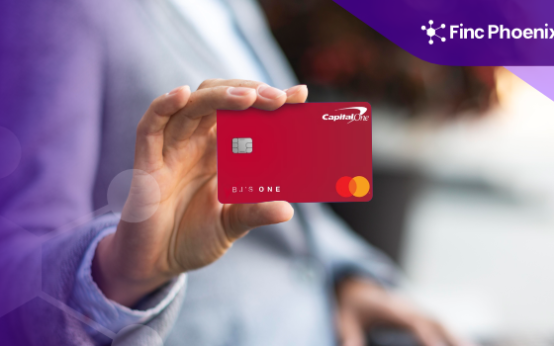 BJ’s One Mastercard Review <p class='sec-title' style='line-height: normal; font-weight: normal;font-size: 16px !important; text-align: left;margin-top: 8px;margin-bottom: 0px !important;'>Earn 3% back at BJ’s & get fuel discounts—plus 1.5% on other purchases, no yearly fee.</p>
BJ’s One Mastercard Review <p class='sec-title' style='line-height: normal; font-weight: normal;font-size: 16px !important; text-align: left;margin-top: 8px;margin-bottom: 0px !important;'>Earn 3% back at BJ’s & get fuel discounts—plus 1.5% on other purchases, no yearly fee.</p> 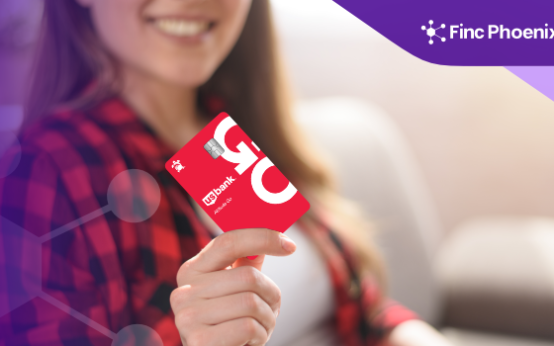 U.S. Bank Altitude Go Secured Visa Review <p class='sec-title' style='line-height: normal; font-weight: normal;font-size: 16px !important; text-align: left;margin-top: 8px;margin-bottom: 0px !important;'>Earn up to 4X points as you rebuild credit—no annual fee & streaming bonus included.</p>
U.S. Bank Altitude Go Secured Visa Review <p class='sec-title' style='line-height: normal; font-weight: normal;font-size: 16px !important; text-align: left;margin-top: 8px;margin-bottom: 0px !important;'>Earn up to 4X points as you rebuild credit—no annual fee & streaming bonus included.</p> 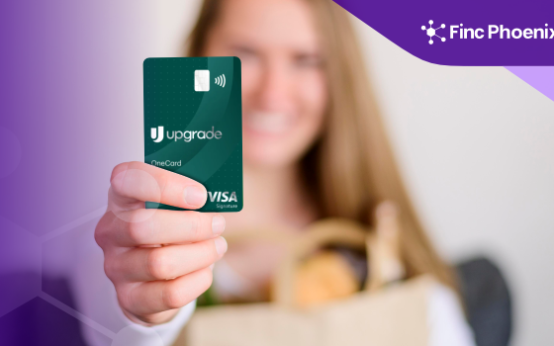 Upgrade OneCard Review <p class='sec-title' style='line-height: normal; font-weight: normal;font-size: 16px !important; text-align: left;margin-top: 8px;margin-bottom: 0px !important;'>Earn up to 3% cash back, choose Pay Now or Pay Later, no annual fee — one card for all.</p>
Upgrade OneCard Review <p class='sec-title' style='line-height: normal; font-weight: normal;font-size: 16px !important; text-align: left;margin-top: 8px;margin-bottom: 0px !important;'>Earn up to 3% cash back, choose Pay Now or Pay Later, no annual fee — one card for all.</p>